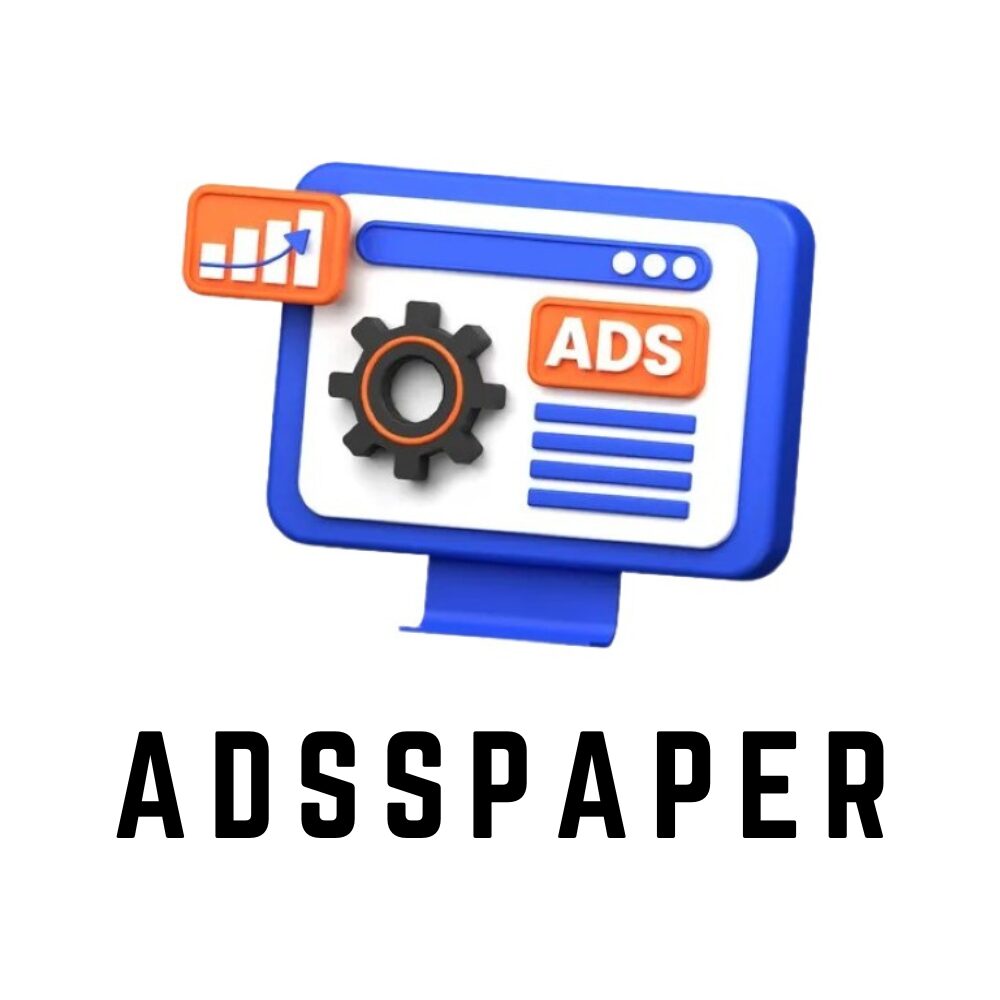Email marketing is an incredibly powerful way for businesses to connect with customers and foster long-term relationships. Its popularity is due to the fact that it provides a direct line of communication between the business and the recipient, as well as its ability to offer a personalized experience for each individual recipient. One of the main benefits of email marketing is the ability to create various types of campaigns, each with a specific goal in mind. In this article, we will go over several types of email marketing campaigns and when to use them.
1. Welcome Campaigns
Welcome campaigns are designed to introduce new subscribers to your business and its products or services. The goal is to make a great first impression and reassure the recipient that they made the right choice by signing up. These types of campaigns typically include a welcome message, along with information about your business, your mission, your products or services, and any other important details you want to share. You might also include a discount code or another special offer to incentivize the recipient to make their first purchase.
2. Promotional Campaigns
Promotional campaigns are all about driving sales and increasing revenue. These campaigns typically include time-sensitive discounts, limited-time offers, or other special promotions that are only available for a short period. The goal is to create a sense of urgency and encourage recipients to make a purchase right away. Promotional campaigns are great for clearing out inventory, launching new products, or increasing sales during slow periods.
3. Newsletter Campaigns
Newsletter campaigns are a great way to keep subscribers engaged and informed about your business. These campaigns are typically sent on a regular schedule, such as weekly or monthly, and include a variety of content, including industry news, company updates, product information, and more. The goal is to keep your subscribers informed and engaged so they continue to be loyal customers.
4. Abandoned Cart Campaigns
Abandoned cart campaigns are designed to bring back customers who have left items in their online shopping cart without completing the purchase. These campaigns typically include a reminder email that the items are still in the cart, along with a promotional offer that encourages the customer to complete the purchase. Abandoned cart campaigns are a great way to recover lost revenue and improve conversion rates.
5. Re-Engagement Campaigns
Re-engagement campaigns are designed to win back customers who have become inactive or unengaged with your brand. These campaigns typically include a personalized message that acknowledges the recipient’s inactivity and offers an incentive to re-engage. The goal is to remind the recipient of the value your brand provides and encourage them to become active customers again.
6. Event Invitation Campaigns
Event invitation campaigns are designed to promote events, such as webinars, conferences, or networking events, and encourage recipients to attend. These campaigns typically include information about the event, such as the date and time, location, speakers, and topics that will be covered. The goal is to generate interest and excitement about the event and encourage recipients to register and attend.
Conclusion
Email marketing campaigns are an incredibly effective way for businesses to connect with customers and achieve a variety of goals, from driving sales to fostering long-term relationships. By understanding the different types of campaigns and when to use them, businesses can create highly targeted and effective email marketing strategies. Whether you’re looking to welcome new subscribers, promote a sale, or re-engage inactive customers, there is a type of email marketing campaign that can help you achieve your goals.
FAQs
In a welcome email campaign, you should include a warm greeting, information about your business, your mission, your products or services, and any other important details you want to share. You might also include a discount code or another special offer to incentivize the recipient to make their first purchase.
To create urgency in a promotional email campaign, you should include time-sensitive discounts, limited-time offers, or other special promotions that are only available for a short period. You might also use urgent language in the subject line and body of the email, such as “Only 24 hours left!” or “Don’t miss out!”
The frequency of newsletter campaigns depends on your business and your audience. However, most businesses send newsletters on a regular schedule, such as weekly or monthly, to keep subscribers engaged and informed.
Re-engagement email campaigns should be sent to customers who have become inactive or unengaged with your brand. Typically, these campaigns are sent if a customer has not opened or clicked on any emails in the past 6-12 months.
To create interest in an event invitation campaign, you should include information about the event, such as the date and time, location, speakers, and topics that will be covered. You might also include testimonials from previous attendees, or a special offer for those who register early.


